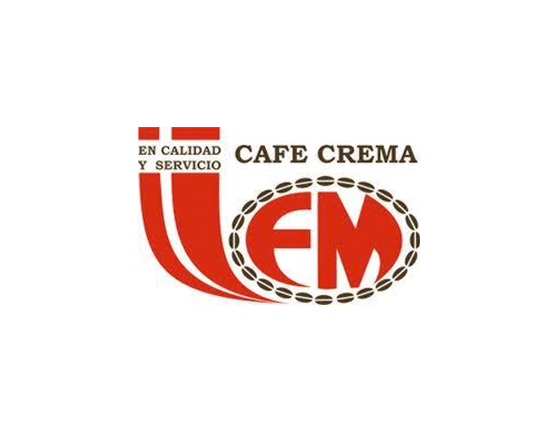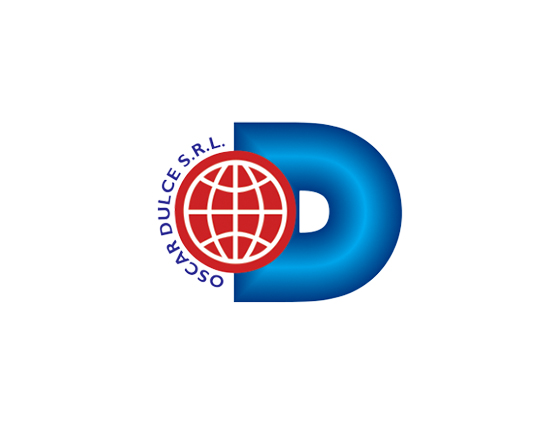The basic systems development life cycle for a data conversion project is the same as for any application development endeavor, with activity centered around planning, analysis, requirements, development, testing, and implementation. Like other data-related projects, the activities in the analysis phase should include profiling the data in the source and target data structures. The requirements phase should include verifying that the assumptions made are true by trying the load of very small amounts of data. The software development lifecycle (SDLC) is the cost-effective and time-efficient process that development teams use to design and build high-quality software.
Free and transparent flow of information will also lead to policies related to dependable systems that are efficient and most conducive to human welfare in the long run. Section 16.2 provides a brief introduction to data warehousing and online analytical processing. Section 16.3 discusses some very high level languages for querying information systems. Section 16.4 outlines some ways of performing schema abstraction, enabling the modeler to focus on various aspects of a schema by hiding other details. The integrated system model no longer has only one system boundary; it needs to include the boundaries of various enabling systems (commensurate with the selected scope of assurance).
Dependable and Secure Systems Engineering
This model is suited for small teams who work to produce a set of features within fixed-time interactions, such as two- to four weeks, called sprints. Let’s walk through the four key elements of a Scrum model as depicted in Fig 10.4. The robust process to control and track changes to minimize the number of risks can derail the project unknowingly.
I have personally participated in many PDRs and CDRs, as well as Functional Configuration Audit (FCA) and Physical Configuration Audit (PCA) activities. If successful, a design freeze is enacted at that https://www.globalcloudteam.com/ point, and actual flight hardware is manufactured and actual embedded flight software code is developed. Notice the V-figure at the top of the article and the V-figure that directly follows below.
What is Systems Modelling Language (SysML) and how can SysML help Organisations succeed?
Software development life cycle (SDLC) is the term used in the software industry to describe the process for creating a new software product. Software developers use this as a guide to ensure software is produced with the lowest cost and highest possible quality in the shortest amount of time. Having separate build and production environments ensures that customers can continue to use the software even while it is being changed or upgraded. The deployment phase includes several tasks to move the latest build copy to the production environment, such as packaging, environment configuration, and installation.
- At this stage, the team will work together to devise a set of business goals, requirements, specifications, and any high-level risks that might hinder the project’s success.
- The baseline may include start date, end date, phase/stage duration, and budget data.
- Edwards Deming, whose Total Quality Management (TQM) approach shifted responsibility for quality and productivity from planners and inspectors to the production workers who were closer to the real processes (Deming 1982).
- The example shown in Figure 3 uses the increments to develop high-risk subsystems (or components) early, but the system cannot function until all increments are complete.
A software development lifecycle (SDLC) model conceptually presents SDLC in an organized fashion to help organizations implement it. Different models arrange the SDLC phases in varying chronological order to optimize the development cycle. I chose to pursue systems engineering, and systems of systems engineering,due to the facts that the involved engineer has to know a little about a lot of things, and has to know a lot about a few things. I like to be involved in all phases of a program — from initial concept definition, through initial design and verification, to fielding and testing a product, to obsolescence efforts. It’s possible that your agency has life-cycle requirements and processes documented in a System Development Life-Cycle (SDLC) manual or handbook.
Expert Systems Construction
Many organizations subdivide their SDLC methodologies into a larger number of phases than the five referenced in NIST guidance, potentially offering closer alignment of SDLC phases and corresponding RMF tasks. Table 6.1 lists some SDLC phase names commonly used in government organizations, arranged by the five general phase names used in NIST documentation and where applicable indicating different terms that may be used to represent the same phase. Once the themes have been identified then there are predetermined tasks and techniques to finish the project as defined by the approved methodology of the organization. The second theme includes ways to determine the data necessary to produce the logical requirements specified by the organization. A team should reflect on how to become more effective at regular intervals and then tune and adjust its behavior accordingly. This self-reflection is a critical aspect for projects that implement agile processes.
NAIC Innovation, Cybersecurity, and Technology (H) Committee … – JD Supra
NAIC Innovation, Cybersecurity, and Technology (H) Committee ….
Posted: Wed, 11 Oct 2023 17:54:50 GMT [source]
These principles, in Table 1, are a modified version that originated from the Agile Manifesto (Beck 2001) and were expanded to apply to systems engineering. Adopting these principles will enable teams of teams to produce high-value capabilities incrementally. Rapid application development (RAD) is a software development (or systems-development) methodology that focuses less on planning and incorporating changes on an ongoing basis. RAD focuses on quickly building a working model of the software or system, getting feedback from users, and updating the working model. After several iterations of development, a final version is developed and implemented.
System Lifecycle Models
There are seven stages in the SDLC and six common models that are used for different projects. In this guide, we’ll go through each stage and model to give you an overview of what becoming a software developer entails. Rapid development cycles help teams identify and address issues in complex projects early on and before they become significant problems. They can also engage customers and stakeholders to obtain feedback throughout the project lifecycle. However, overreliance on customer feedback could lead to excessive scope changes or end the project midway. In the maintenance phase, among other tasks, the team fixes bugs, resolves customer issues, and manages software changes.
Besides systems 1 and 2 there is a third system shown as the System of Innovation. This System 3 is the meta-view of that which influences the design, development, and operation of the target system, the embedded behavioral framework of System 1 and 2. In modeling the target system the other influencing systems 2 and 3 should be considered.
Project Managing the System Development Life Cycle
In fact, planning for disposal is part of the system definition during the concept stage. Experiences in the 20th century repeatedly demonstrated the consequences when system retirement and disposal was not considered from the outset. Early in the 21st century, many countries have changed their laws to hold the creator of a SoI accountable for proper end-of-life disposal of the system. The Vee Model endorses the INCOSE Systems Engineering Handbook (INCOSE 2015) definition of life cycle stages and their purposes or activities, as shown in Figure 2 below.
There are many agile approaches that a program could use as is or combined to adapt to what works best for a given domain. The AgileAlliance (2017, 100) illustrates many of the “agile approaches based on their depth of guidance and breadth of their life cycles”. Those involved in the SDLC include the c-suite executives, but it is the project/program managers, software and systems engineers, users, and the development team who handle the multi-layered process. Each project has its own level of complexity in planning and execution, and often within an organization, project managers employ numerous SDLC methods.
systems development life cycle (SDLC)
To meet these needs, the system must be assessed to apply the process that best serves the system, subsystem or component of the system of interest (SOI). Various SDLC methodologies have been developed to guide the processes involved, including the original SDLC method, the Waterfall model. Other SDLC models include rapid application development (RAD), joint application development (JAD), systems life cycle model the fountain model, the spiral model, build and fix, and synchronize-and-stabilize. Regardless of the life cycle models deployed, the role of the systems engineer encompasses the entire life cycle of the system-of-interest. Systems engineers orchestrate the development and evolution of a solution, from defining requirements through operation and ultimately until system retirement.















 Rosario de Sta Fe 231, Piso 12 Of. 9 • Córdoba
Rosario de Sta Fe 231, Piso 12 Of. 9 • Córdoba Lunes-Viernes 9:00 - 18:00
Lunes-Viernes 9:00 - 18:00
